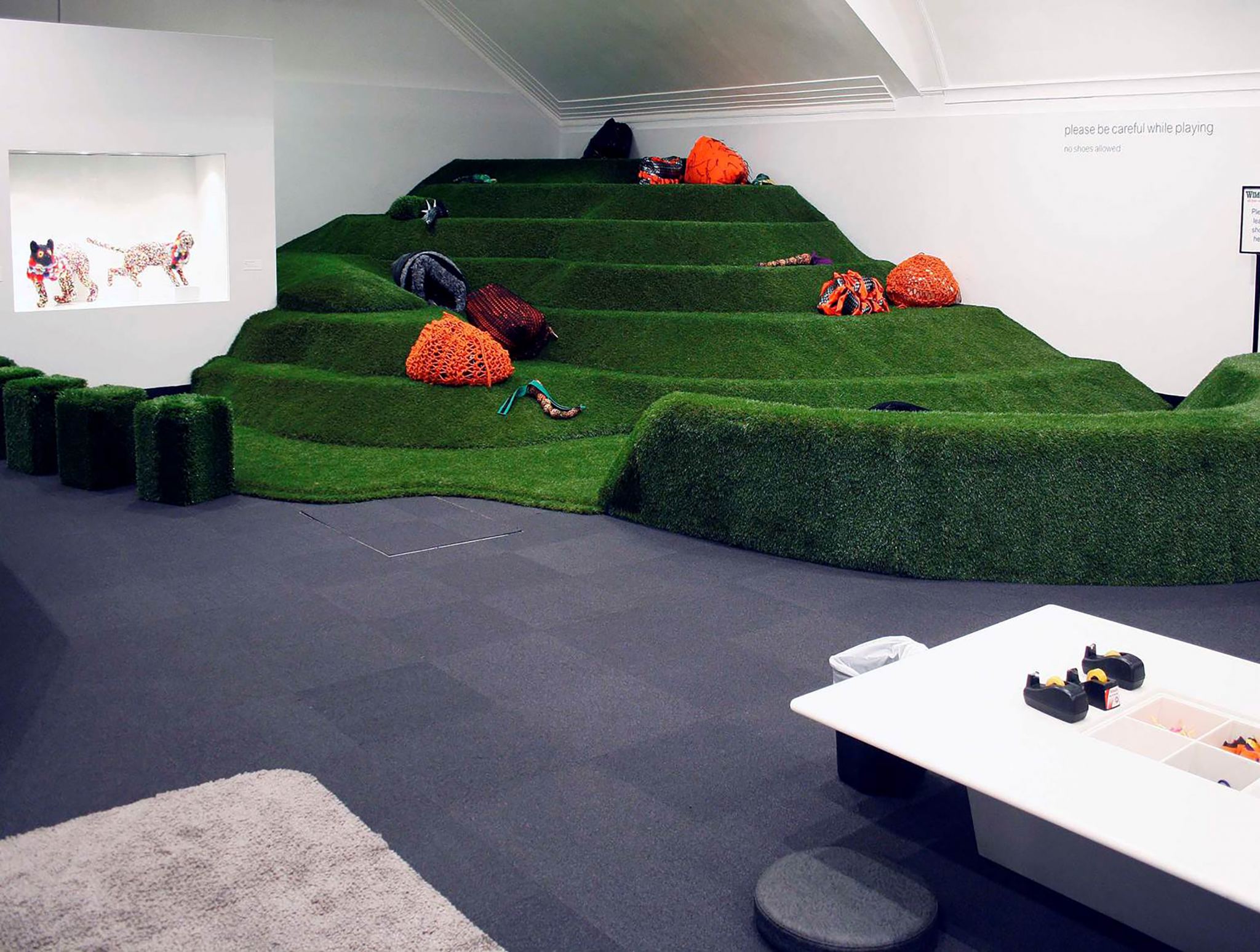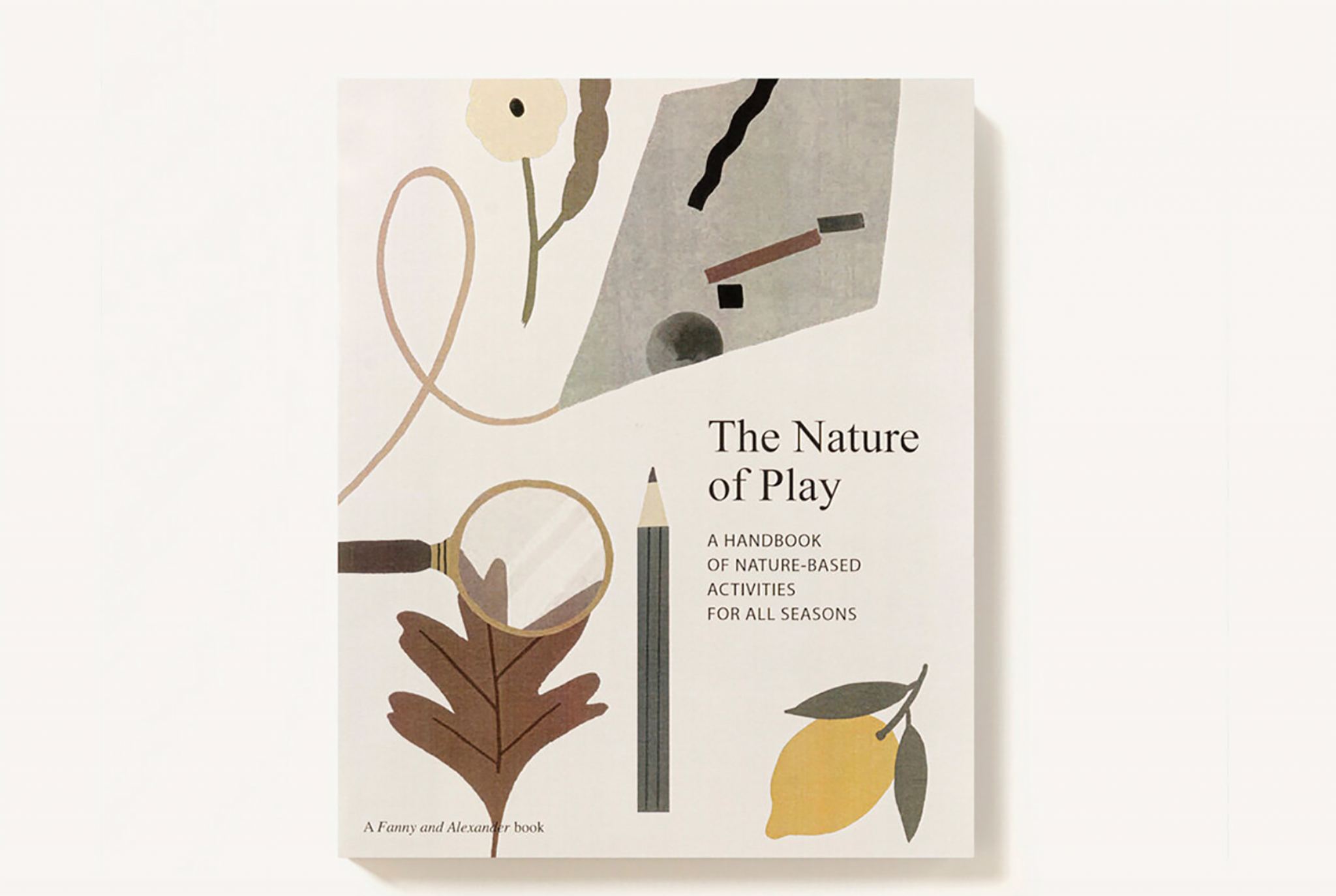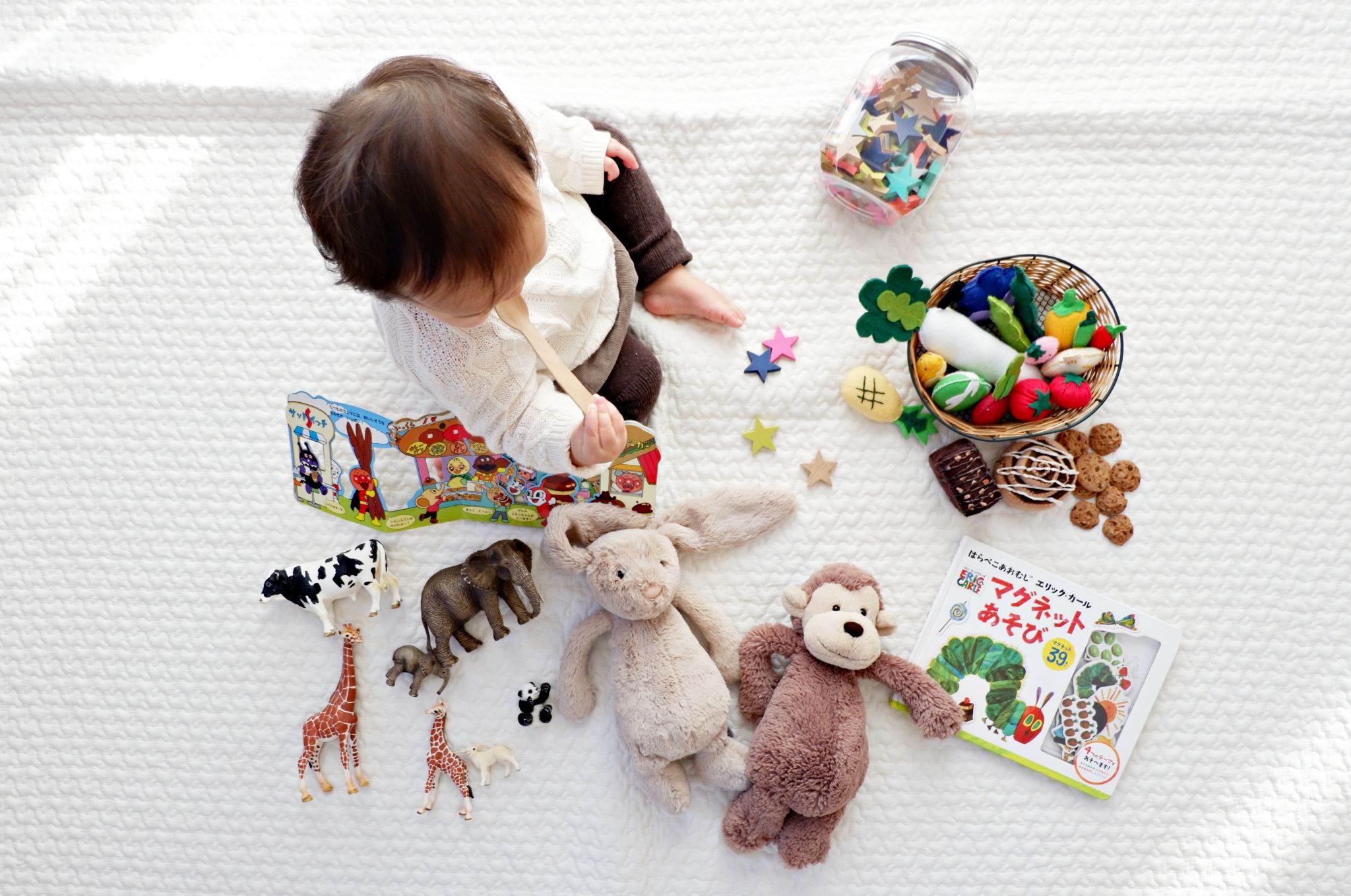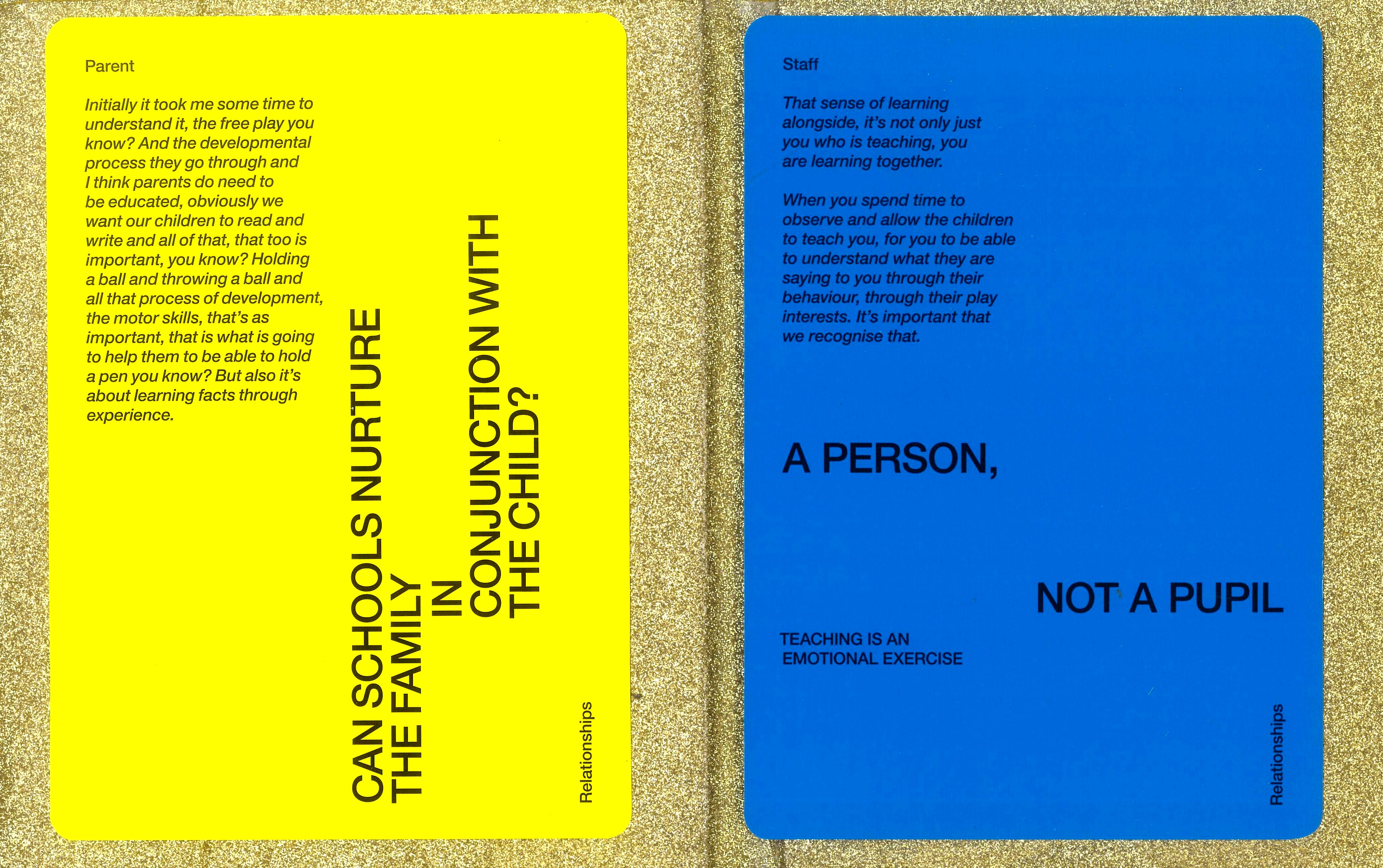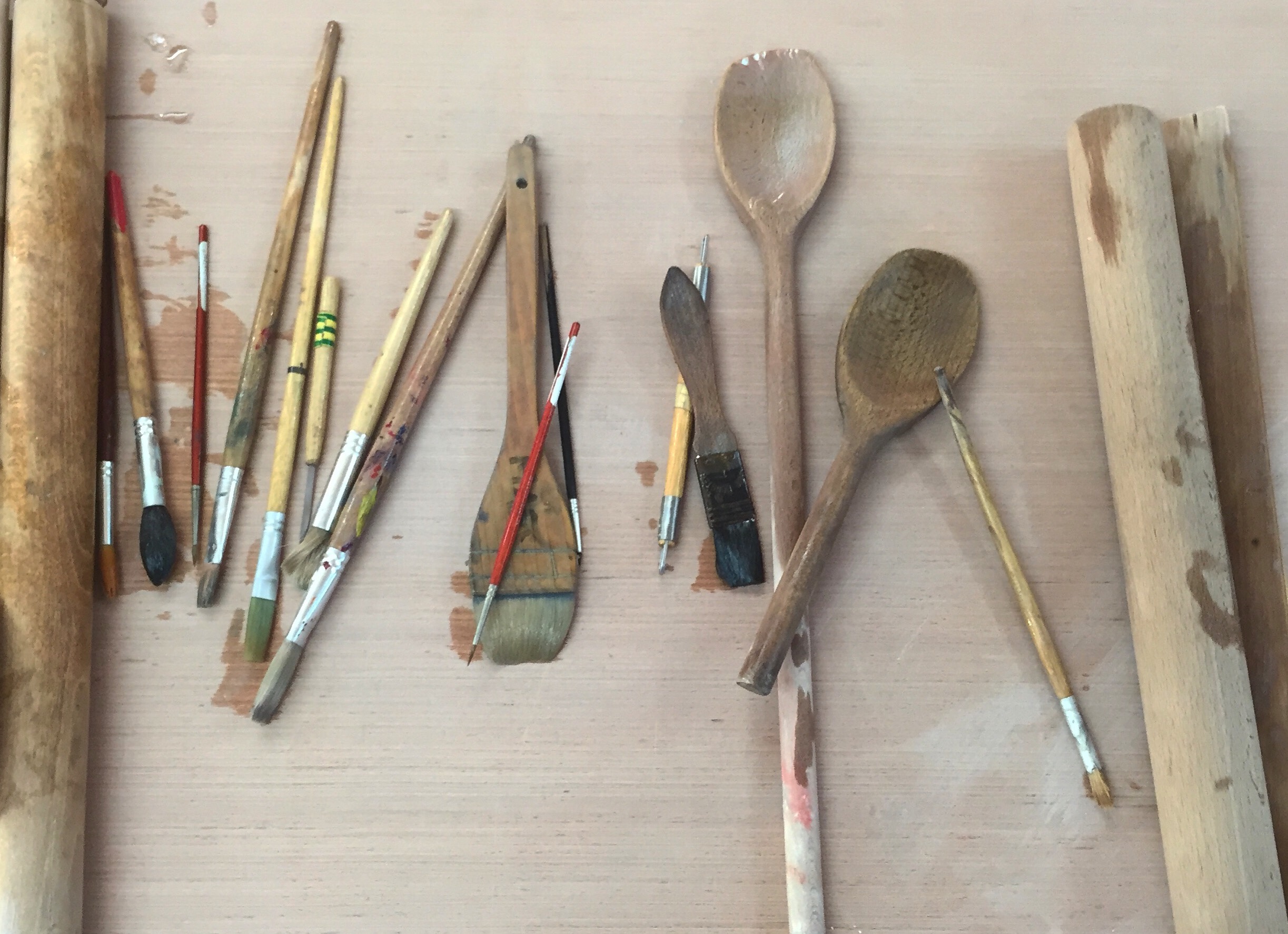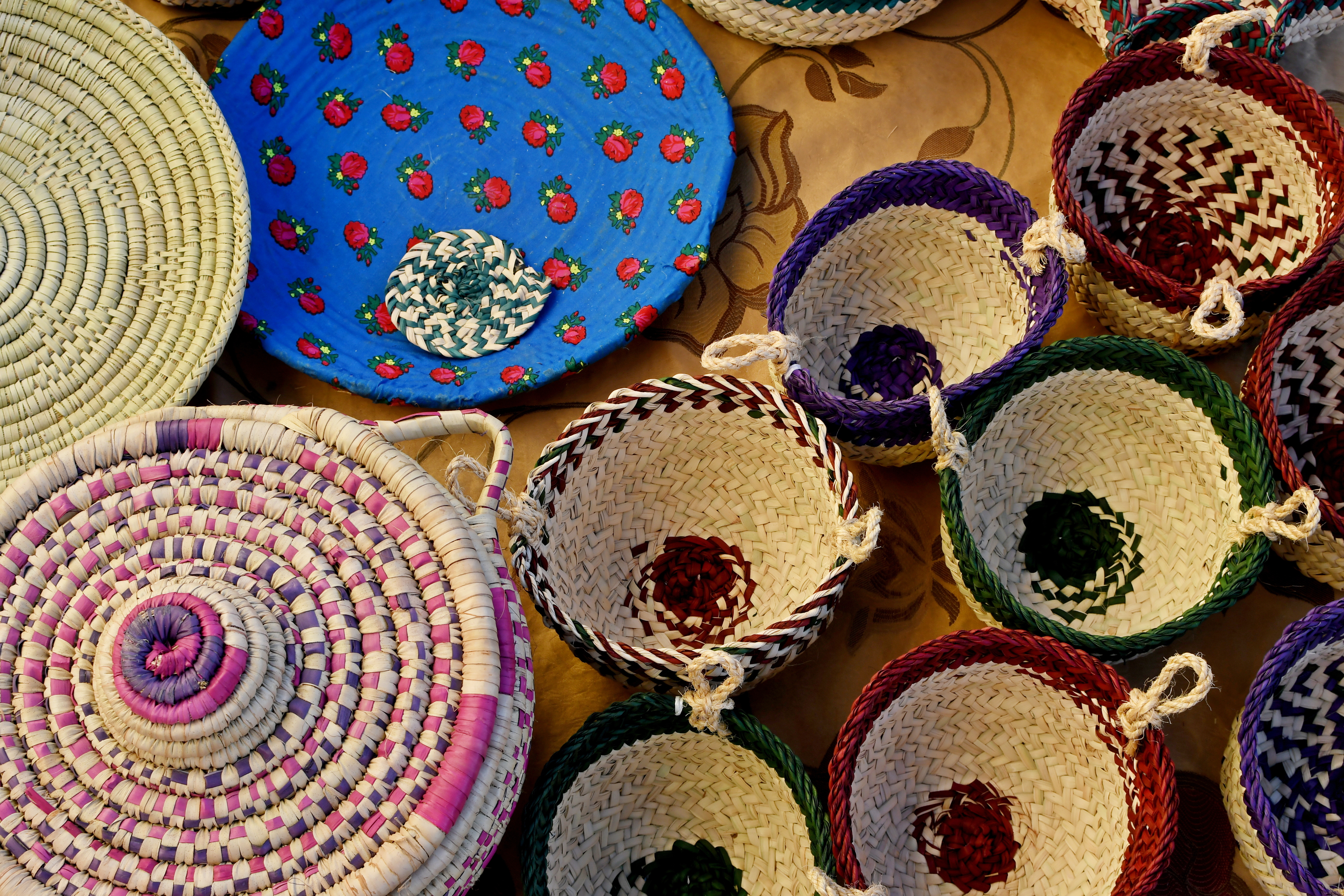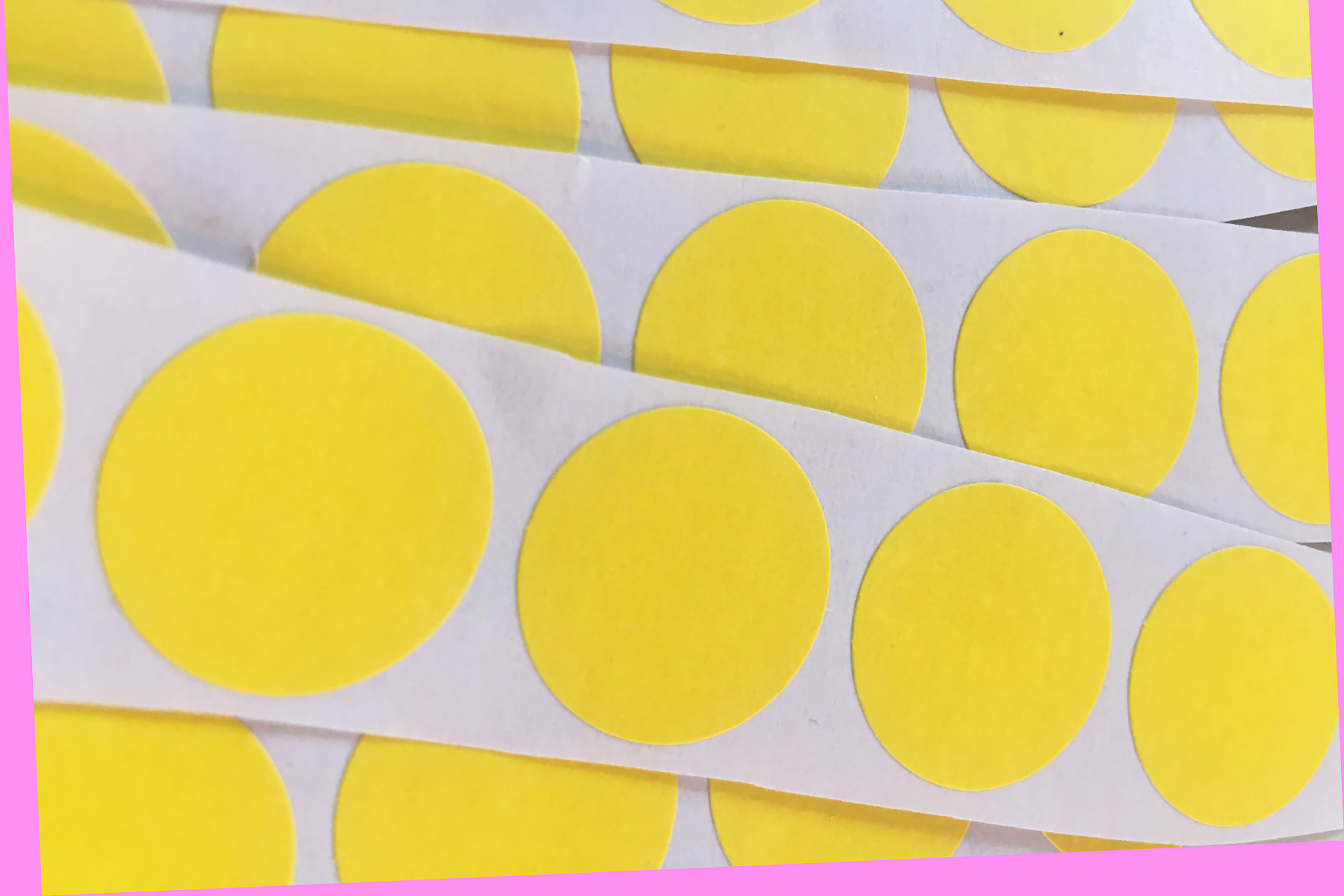This post features the children’s exhibition program at the Ipswich Art Gallery, Australia. From 2011-2015 I worked as a children’s curator at the Ipswich Art Gallery in Queensland, Australia. The Ipswich Art Gallery is a special place for children’s creative learning with a well established program for young children and their families. The city of Ipswich is home to a very diverse and predominantly low socio-economic community. The art gallery is currently one of the most visited in regional Australia. In my travels around the world, I have never come across anything quite like it. Over the past 15 years, the Ipswich Art Gallery has developed and presented over 40 in-house children’s exhibitions. The children’s program is informed by a set of guiding principles that include: Children’s exhibitions are curated for children not adults and Learning begins with creative play. The Children’s Gallery is open daily from 10am-5pm with almost all activities being…
4 organisations exploring materials in innovative ways
This is a follow up to my recent post on the role of materials in children’s learning through art. If you have not read this already, I recommend checking it out before reading on. Here I present four different organisations – a university research centre, a design consultancy, a creative recycle centre and a children’s art studio – who are all exploring materiality in new and experimental ways. I selected these organisations as I am interested in thinking about how materials are being researched and considered in a collective way, among groups of people with diverse interests, skills and expertise. MIT Media Lab: Mediating Matter group (USA) I am a massive fan girl of the MIT Media Lab. For those of you who are not unfamiliar with this university research centre, it is an interdisciplinary lab ‘that encourages the unconventional mixing and matching of seemingly disparate research areas’ (MIT website, 2018).…
The Nature of Play book review
In our busy and digital-driven world, many children have little opportunity to engage in everyday play in nature. Recent research has also illustrated that technology is significantly affecting how children think and focus their attention, with some screen-based games significantly restricting the use of imagination and creativity. The Nature of Play: A Handbook of Nature-Based Activities for all Seasons offers a remedy to this dilemma. The book features 44 play activities for children and adults in gardens, forests and city parks throughout the four seasons. For example, the Spring section of the book features activities such as ‘Get to know a tree’ and ‘plan a picnic.’ The Winter section then offers more indoor play prompts such as ‘build your own marble run’ and ‘rainy day games.’ Other activities include: Make your own pinhole camera using a recycled Pringles tubeCreative a beautiful seasonal mobile using objects collected from nature Construct a sand volcano…
How to buy Christmas gifts for kids that actually promote creativity
Every December I wander through the children’s section of my local department store perusing the latest toys and gadgets. While I am not a mother myself, I get great joy from selecting and buying presents for the little humans in my life. The moment of anticipation when my carefully chosen gift is being unwrapped embodies the true festive feeling of wholesome, consumerist delight. However, I want my gift to do more than just spark momentary joy in my little friend’s heart. I want them to play with it time again and again. I want it to inspire them and most of all, I want my gift to encourage creativity. But with so many choices out there, it can be difficult to know what to buy. With so many options out there, it can be difficult to know what gifts to buy children Creativity is defined in the Oxford Dictionary as…
3 tips for scaffolding children’s play with materials
Children’s play with materials is important as it allows them to think and learn in different ways. As a child’s creativity is always limited by what they do and do not know, scaffolding can open up new opportunities for more complex learning over time. Scaffolding is a term that was first coined by Vygotsky (1978) who described the process as something that allows children to move their current level of understandings to a more advanced one. This process helps children to undertake activities that they usually would not be able to without the help of others. Teachers and parents often do a lot of scaffolding in children’s lives. They teach children how to brush their teeth, share with others and read. Children’s peers, technology and information resource like a YouTube video can also scaffold children’s learning in different ways. Scaffolding is important in children’s play with materials as it allows…
Serpentine Galleries’ Play as Radical Practice toolkit
This post looks at Serpentine Galleries’ ‘Play as Radical Practice’ toolkit, a creative resource produced between the Gallery’s learning team, artist Albert Potrony and the Portman Early Childhood Centre (UK).
Ivan Illich on tools that support conviviality
In 1973 Ivan Illich, a Catholic priest and Professor at Penn State University, published his famous text, Tools for Conviviality. In the book, he argued for people’s need to take control of the tools and processes of production that shaped their lives. Illich believed that people’s ability to participate in these processes would allow them to live more meaningful lives. Read on to learn more about the key ideas explored in Tools for Conviviality. What did Illich see as society’s primary problem? Illich believed that the advancement in mechanical, mass and industrial production had removed a person’s free use of their natural abilities. This development had also come at the expense of an individual’s capacity to connect with themselves and others, leading to the deterioration of the fabric of community. Illich argued that people do not just need the ability to obtain things, they also need the ability to make the…
Sharon Shaffer discusses children’s learning with museum objects
Young children have become an increasingly important audience for museums around the world. While many cultural institutions offer something for children, approaches and practices towards this audience vary dramatically across the sector. In this post, early childhood and museum education specialist Sharon Shaffer shares her top tips for connecting young children with museum objects. Sharon was Director of the Smithsonian Early Enrichment Centre (SEEC) for 24 years. The SEEC is a lab school in Washington D.C. with a museum-based curriculum. Children attending the Centre visit and learn in the various Smithsonian museums every day. The post begins with Sharon telling us a little bit about her background in museums and education. The two of us then discuss topics such as the importance of scaffolding in children’s learning, how learning can be evaluated in museums and the need for flexibility in the design of early year’s education activities. Sharon’s background in…
How to use suggestions to support creativity
Adults can play an important role in supporting children’s creativity by interacting with them in ways that open up new possibilities for learning. This post talks about what a suggestion is and gives four tips for how they can be used in children’s art education. These ideas may be especially handy for parents, carers, educators and artists working with young children under the age of ten. What is a suggestion? To suggest something means to present an idea for consideration (1). A suggestion can be used to give children choices about how their learning can proceed in an education environment (2). Choices are important as they open up different creative possibilities. Suggestions can draw children’s attention to a particular problem, assist them in exploring a topic encourage them to reflect on an experience in a deeper way. Suggestions are different from direct instruction as they imply there are options (2). If…


